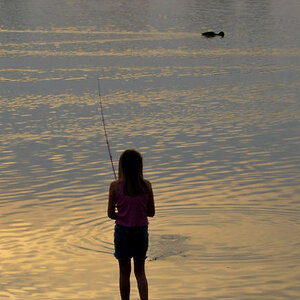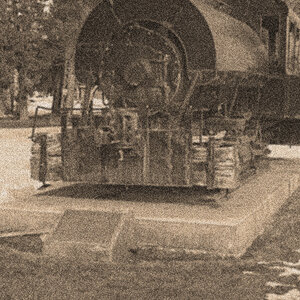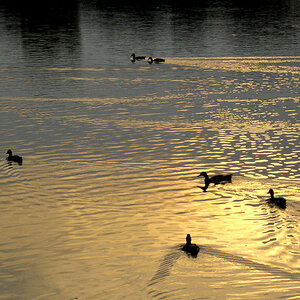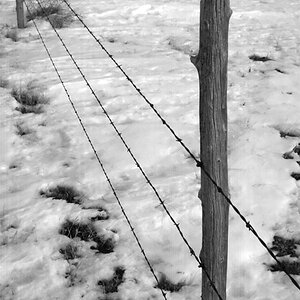Color filmWas it old B&W film? I've found that can still be usable years later. With color film the color can shift. Do the negatives have that color to them? I'm just wondering if it's the negatives or the scans.
Navigation
Install the app
How to install the app on iOS
Follow along with the video below to see how to install our site as a web app on your home screen.

Note: This feature currently requires accessing the site using the built-in Safari browser.
More options
You are using an out of date browser. It may not display this or other websites correctly.
You should upgrade or use an alternative browser.
You should upgrade or use an alternative browser.
How to convert negative image to positive
- Thread starter satimis
- Start date
vintagesnaps
Been spending a lot of time on here!
- Joined
- Jan 13, 2013
- Messages
- 9,119
- Reaction score
- 3,109
- Location
- US
- Can others edit my Photos
- Photos NOT OK to edit
I wondered since the cars and buildings look various shades of gray under the magenta overall tint. Using long expired color film can definitely be experimental.
f I couldn't solve the problem scanning color film negatives, the only remaining solution to me is to restore those yellowish photos.Maybe the color shifted since the nagatives seem to be one color. And that's pretty outdated for color film. Of course you could adjust the scans and see what you can do.
I could retore them but it tooks me lengthy time to finish one photo.
vintagesnaps
Been spending a lot of time on here!
- Joined
- Jan 13, 2013
- Messages
- 9,119
- Reaction score
- 3,109
- Location
- US
- Can others edit my Photos
- Photos NOT OK to edit
Maybe it would work to pick the ones most worth doing since it sounds like it will take time.
I'm not familiar with what you're using but can you 'remove color'? Then maybe try them as B&W images? Just thinking out loud...
I'm not familiar with what you're using but can you 'remove color'? Then maybe try them as B&W images? Just thinking out loud...
I can remove the yellowish color of the old photo to a color photo on GIMP inclusing adding blue sky. It takes lengthy to finish one damaged photo because not all damaged photos work with the same steps. The easy way is digitising the nagative color films.Maybe it would work to pick the ones most worth doing since it sounds like it will take time.
I'm not familiar with what you're using but can you 'remove color'? Then maybe try them as B&W images? Just thinking out loud...
I already have the solution, having proved it working. Up to now I still searching a solution to remove yellowish color on digital video ripped on video tapes. Video forum can't help me.
I'll use the old photos to build photo slide-shows, adding voice narration, bilingual (text to voice on computer technology), as well as words subtitiles and background music etc. I'll upload all photo slide-shows to YouTube
Last edited:
- Joined
- Mar 8, 2011
- Messages
- 25,160
- Reaction score
- 9,010
- Location
- Iowa
- Website
- pixels.com
- Can others edit my Photos
- Photos NOT OK to edit
Radically changing the colors in digital video files isn't something a basic video editor isn't going to be able to do. The entry-level apps are limited to cutting, overlapping, adding titles and text, cropping etc.
Thanks for your advice.Radically changing the colors in digital video files isn't something a basic video editor isn't going to be able to do. The entry-level apps are limited to cutting, overlapping, adding titles and text, cropping etc.
Some links on Internet say possible.
Please see my link on Blackmagicdesign
How to remove the yellowish color
Blackmagic Forum • View topic - How to remove the yellowish color
How to REMOVE YELLOW LIGHTING from Video | Adobe Premiere Tutorial, Lumetri Color Correction
etc.
But I won't put further effort in this respect.
The yellowish digital video was ripped by a profession shop on my old Sony V8 tape because I don't have the device. My old Sony Handycam has been broken for long time.
I'm prepared shopping an used V8 and Hi8 videocam to do the job myself later. I have full technology ripping V8 tapes. Ebay and Amazon have lot of used V8 and Hi8 videocams offered. My only problem is unable to check the megnetic heads of the used videoca, the later of which is the key component.
Grandpa Ron
Been spending a lot of time on here!
- Joined
- Aug 9, 2018
- Messages
- 1,156
- Reaction score
- 703
- Can others edit my Photos
- Photos OK to edit
Gimp is a powerful program but not very intuitive. I would go into the search or index function and ask how to covert image to black and white.
Good luck,
Good luck,
- Joined
- Mar 8, 2011
- Messages
- 25,160
- Reaction score
- 9,010
- Location
- Iowa
- Website
- pixels.com
- Can others edit my Photos
- Photos NOT OK to edit
GIMP has lots of desaturation options.
Colors > Desaturate > Lightness
Colors > Desaturate > Luminosity
Colors > Desaturate > Average
Colors > Hue-Saturation > Saturation
Colors > Black and White Film > Choose film type from drop-down list
Colors > Components > Channel Mixer > Monochrome
Image > Mode > Grayscale
Tools > GEGL Operatoin > many options listed here
Colors > Desaturate > Lightness
Colors > Desaturate > Luminosity
Colors > Desaturate > Average
Colors > Hue-Saturation > Saturation
Colors > Black and White Film > Choose film type from drop-down list
Colors > Components > Channel Mixer > Monochrome
Image > Mode > Grayscale
Tools > GEGL Operatoin > many options listed here
Rickbb
No longer a newbie, moving up!
- Joined
- Jul 31, 2020
- Messages
- 948
- Reaction score
- 760
- Location
- Central North Carolina USA
- Can others edit my Photos
- Photos NOT OK to edit
I bought an add-in for Light Room Classic, Negative Lab Pro, works really well. You zero out the film cast by telling the add in what the base of the film is. It then auto white balances the conversion, and you can set it up as a preset to do batch conversions.
Not a free option, but simple to use on batches of negs to convert.
Not a free option, but simple to use on batches of negs to convert.
Thanks.Gimp is a powerful program but not very intuitive. I would go into the search or index function and ask how to covert image to black and white.
Good luck,
I have no problem retoring yellowish photos on GIMP. My only problem is unablte to do the restoration on bulk with a script.
ThanksGIMP has lots of desaturation options.
Colors > Desaturate > Lightness
Colors > Desaturate > Luminosity
Colors > Desaturate > Average
Colors > Hue-Saturation > Saturation
Colors > Black and White Film > Choose film type from drop-down list
Colors > Components > Channel Mixer > Monochrome
Image > Mode > Grayscale
Tools > GEGL Operatoin > many options listed here
ThanksI bought an add-in for Light Room Classic, Negative Lab Pro, works really well. You zero out the film cast by telling the add in what the base of the film is. It then auto white balances the conversion, and you can set it up as a preset to do batch conversions.
Not a free option, but simple to use on batches of negs to convert.
The Open Source alternatives for Lightroom classic are;
RawTherapee
Darktable
LightZone
DigiKam
Filmulator
etc.
Please refers to following links;
The best open-source Lightroom alternatives (three winners and two that broke our hearts)

The best open-source Lightroom alternatives (three winners and two that broke our hearts)
Adobe's Lightroom Classic is the image editor of choice for many photographers. But what if you can't or don't want to pay a monthly subscription? We tried five open source alternatives to Lightroom and came back with some promising options worth trying for the low, low price of free.
Articles tagged "open-source"
Articles tagged "open-source": Digital Photography Review
Expert news, reviews and videos of the latest digital cameras, lenses, accessories, and phones. Get answers to your questions in our photography forums.
f64_or_bust
TPF Noob!
- Joined
- Nov 1, 2016
- Messages
- 44
- Reaction score
- 21
- Can others edit my Photos
- Photos NOT OK to edit
I'm not familiar with the Samsung S22 Ultra specifically, but smart phones are a bit too smart to scan color negatives. They will attempt to automatically color correct them, which absolutely will mess up the result. Multi-purpose scanners that can scan film have a specific color negative setting that avoids most of this. You get an inverted, somewhat low contrast result that processses very easily in any editor. But if a smart phone automatically pre-adjust for the negative, you won't be able to correct it again.
Similar threads
- Replies
- 1
- Views
- 101
- Replies
- 11
- Views
- 869
- Replies
- 8
- Views
- 206
- Replies
- 6
- Views
- 2K

![[No title]](/data/xfmg/thumbnail/34/34040-14af4007923299ad46d35fc110d0faad.jpg?1619736250)
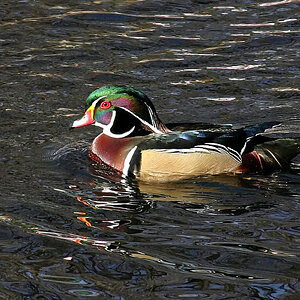
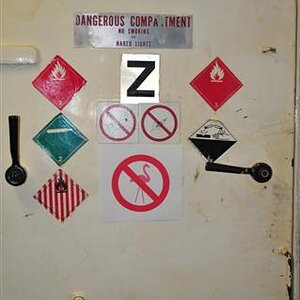
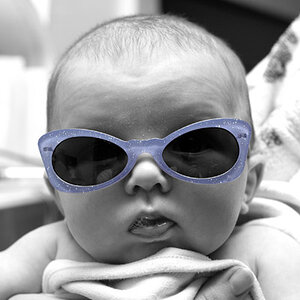
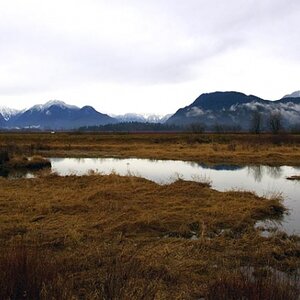
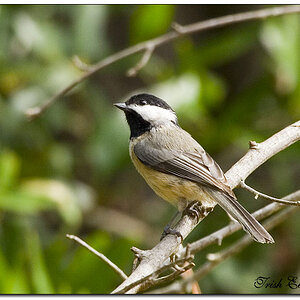
![[No title]](/data/xfmg/thumbnail/32/32176-48b4ba2fc0e35afa267c5882154e7620.jpg?1619735235)
